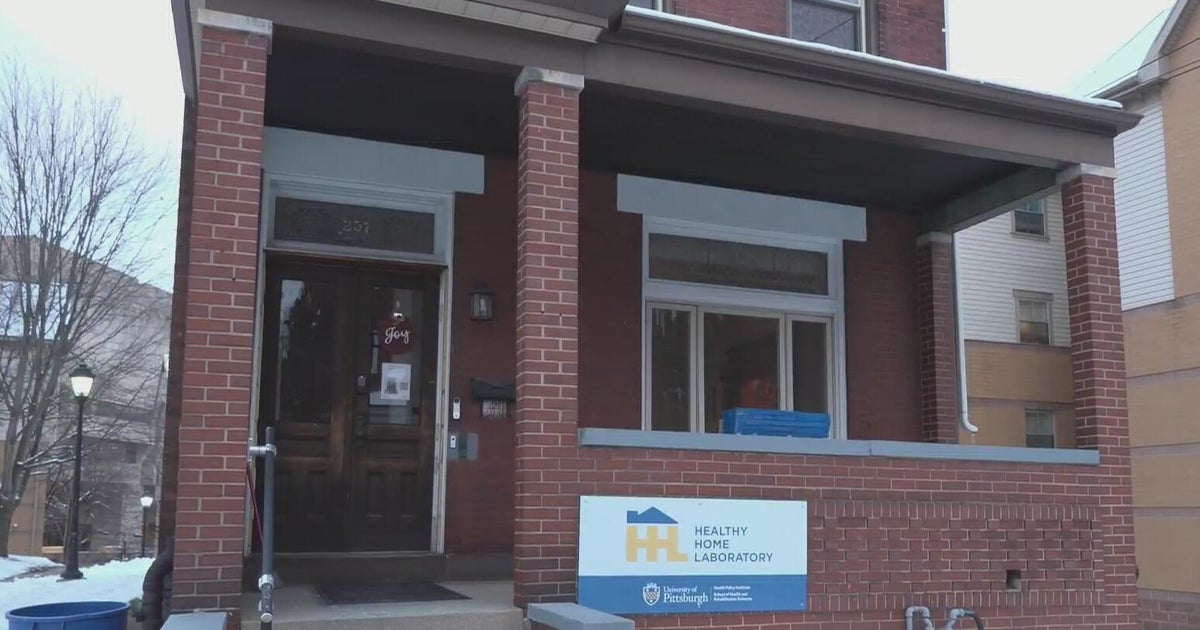This would be your monthly mortgage payment for a $400,000 home
Whenever you make a big purchase, it's important to consider how it will impact your overall budget. This is especially true when you are buying something such as a car or a home – not only do you need to make sure you can afford a down payment, you need to have a plan for how you'll make the monthly payments to pay back what you borrowed.
With most mortgages, you can figure out exactly how much you'll owe each month before you even take out the loan, along with how much interest you'll pay over the life of the loan. To figure out this information you'll need four figures: the cost of the home, the term of your mortgage, your interest rate and how much you are using for your down payment. To show how this works, let's look at how much you'd owe each month if you bought a $400,000 home with a few different types of mortgages.
Ready to buy your dream home? Find a mortgage that works for you online now.
This would be your monthly mortgage payment for a $400,000 home
The first thing you need to figure out when calculating your monthly mortgage payment will be is how much money you are putting down. In theory, you can put down as little as 3% (depending on your lender; some may require a higher down payment). For these calculations, though, we are going to assume that you are putting down 20%. Putting down this amount generally means you won't have to worry about private mortgage insurance (PMI), which eliminates one cost of home ownership. For a $400,000 home, a 20% down payment comes to $80,000. That means your loan is for $320,000.
You can start shopping for a mortgage right away.
Option 1: 30-year fixed-rate mortgage at 7.06%
Most homeowners opt for a 30-year fixed-rate mortgage. This means that you'll pay your loan off over 30 years and pay a consistent interest rate for the entire term of the loan. As of January 9, 2024, the national average mortgage rate for a 30-year fixed-rate mortgage is 7.06%. With these terms, if you bought a $400,000 house and put 20% down, your monthly mortgage payment would be $2,141.
With these numbers, though, your total interest payment would be $451,844 throughout the loan. That means you'd pay a total of $771,844 on the loan. Including your down payment, you'd pay $851,844 on your home.
If you can afford a higher monthly payment, getting a 15-year fixed-rate mortgage can save you money on interest payments. As of January 9, 2024, the national average rate for a 15-year fixed-rate mortgage is 6.42%. After putting $80,000 down on a $400,000 home, your monthly payment with these terms would be $2,773.
With these terms, you'd pay a total of $179,288 in interest, and your loan would cost you $499,288. Including the down payment means this house would cost you a total of $579,288.
Before you pencil either of these numbers into your budget, there are two things to keep in mind. First, this does not include property taxes or homeowners insurance. Those costs will vary based on your location. Second, this won't necessarily be the rate you get. Your interest rate will depend on factors including where you live and your credit score.
Option 2: Use an adjustable-rate mortgage
Another type of mortgage you can consider is an adjustable-rate mortgage (ARM), where the rate is changed based on the overall rate environment on a set schedule. Most ARMs begin with a period where the rate is set. For instance, one of the most popular types of ARMs is a 5/1 loan. This means that your interest rate will be set for the first five years, and adjusted once a year after that.
For an ARM, you can only calculate your monthly payment for the first five years of your loan. After that, your payment will change as the interest rate is adjusted.
Which should I use?
When deciding whether or not to get an ARM or a fixed-rate loan, the biggest question to ask yourself is whether or not you want to take a risk. With a fixed-rate mortgage, you can know exactly what you'll pay and make a budget around that payment. With an ARM, you could end up paying less if rates go down – but if rates go up, you'll pay more for your home than you could have with a fixed-rate loan.
Choosing a term, meanwhile, comes down to whether you want to save money each month or overall. With a longer loan term, like a 30-year mortgage, your monthly payment will be lower but you'll pay more overall, as interest has more time to accrue. With a 15-year loan, you'll have to pay more each month but save money in the long run.
The bottom line
With a fixed-rate mortgage, you can determine exactly how much money you'll pay your lender each month. No matter the cost of your home or what interest rate you get, make sure to figure out what your payment will be and see how it fits into your family budget. Start by crunching the numbers here now.








